Report this entry
More from the same community-collection
Long flight home, 1-43 Cobra Strike ADA Redeploys
365 Days in foreign soil, defending our freedoms lead up to one ...
Spouses of 1-43 Cobra Strike Awaiting their Soldiers' Return
Spouses of 1-43 Cobra Strike anxiously await the return of their ...
1-43 Cobra Strike about to Fall Out
Soldiers of the 1-43 ADA Cobra Strike Battalion arrive home from ...
Major Kirchgessner prepares 1-43 for the Transfer of Authority
Major John Kirchgessner and soldiers of 1-43 ADA (Ft. Bliss ...
1-43 Cobra Strike Cases the Colors after 1-year Mission
The 1-43 ADA "Cobra Strike" Commander, LTC Henry (BJ) Bennett ...
Douglass High School - Fannie Mae Drisdale Burt - 1938
Taught at Douglass High School 1944-1945 and is a former student ...
Douglass High School - Amos Boyd - 1939
Attended Tillotson College, Austin, Texas, 1940-41. Lived and ...
Douglass High School - M. Maxine Kelly Boles - 1939
B.S. Tillotson College, Austin, Texas, 1944; M.A. New Mexico ...
Tigua Woman Instructs Children - 1990
Tigua woman in El Paso Texas instructs children In pottery ...
Douglass High School - Roscoe Roberts - 1939
Served in the military from 1942-1945. Moved from El Paso to ...
Lucy Acosta, Ingeborg Heuser, Phyllis Armijo - 1991
Lucy Acosta, Ingeborg Heuser, Phyllis Armijo who was active in ...
Proud To Be Hispanic and American - 1987
North Loop Elementary students in El Paso, Texas show pride ...
Students North Loop Elementary - 1987
North Loop Elementary students in El Paso, Texas show pride ...
Douglass High School - Theresa Ursery Brown - 1939
Attended Lincoln Junior College and Coles Vocational School in ...
Douglass High School - Edward W. Wright, M.D. - 1939
Graduated from Samuel Houston College in Austin, Texas magna cum ...
Mariachi Students Perform in El Paso, Texas - 1988
Mariachi Students Perform in El Paso, Texas - 1988
Douglass High School - Mayme L. Taylor Witherspoon - 1939
Married Cornell Witherspoon in 1941. After her husband's ...
Douglass High School - Dupree Austin Jr. - 1940
Dupree Austin worked in various jobs in El Paso until 1942 when ...
Douglass High School - Mary E. Austin Kelley - 1940
Attended Crescent Beauty School in Austin, Texas in 1940-1941. ...
Douglass High School - Annie Eagans Smith - 1940
Married Herbert F. Smith from Tuscon, Arizona. Lived in many ...
Douglass High School - Eugene Ford Jr. - 1940
Eugene Ford graduated from Prairie View A. and M. University ...
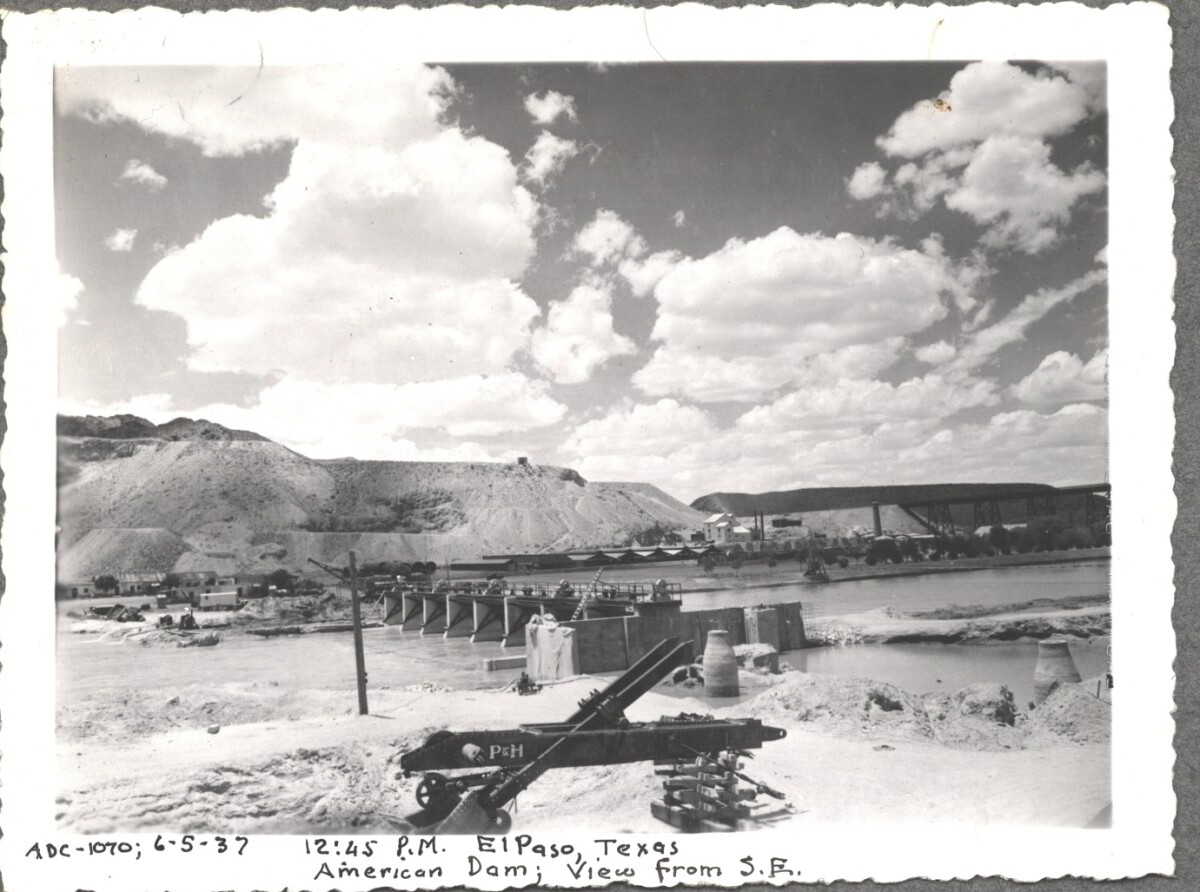

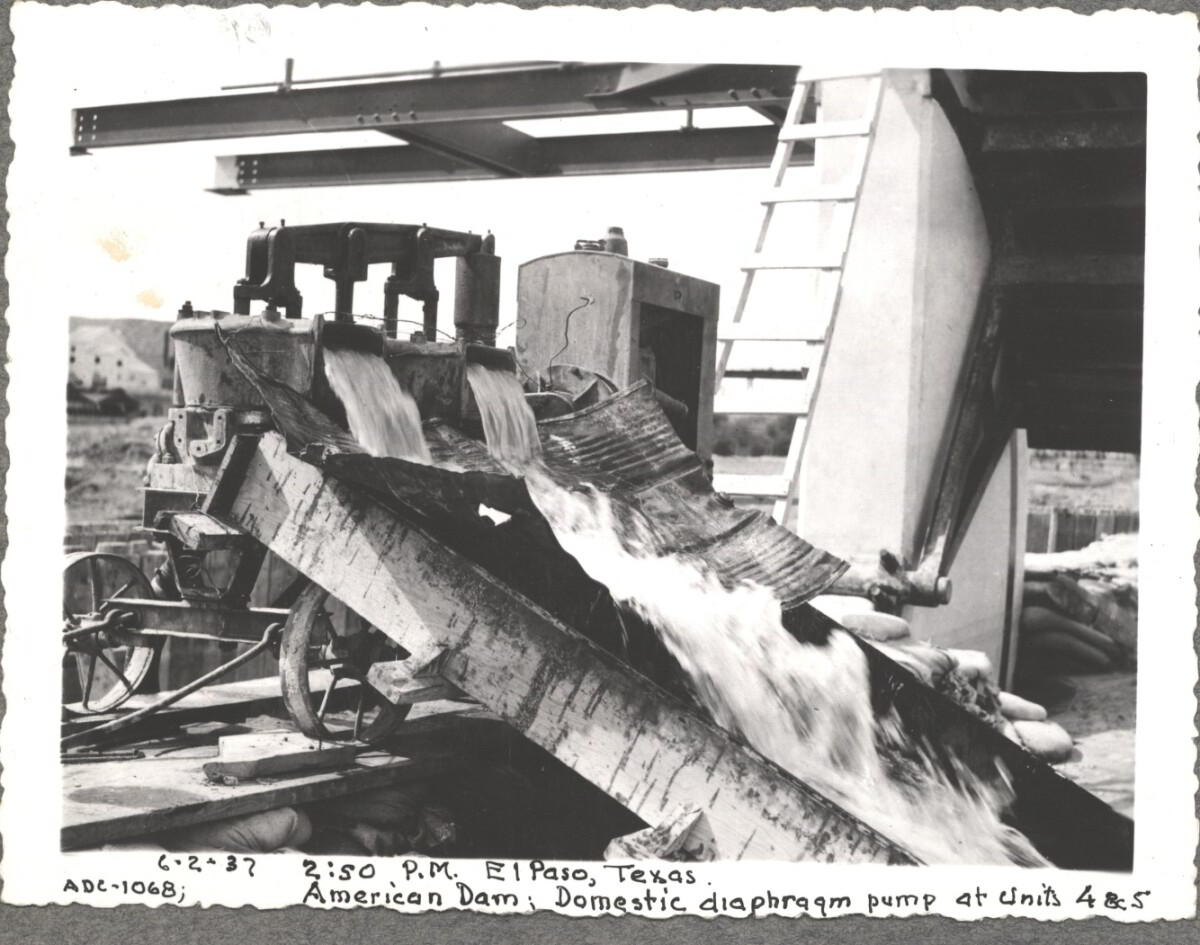
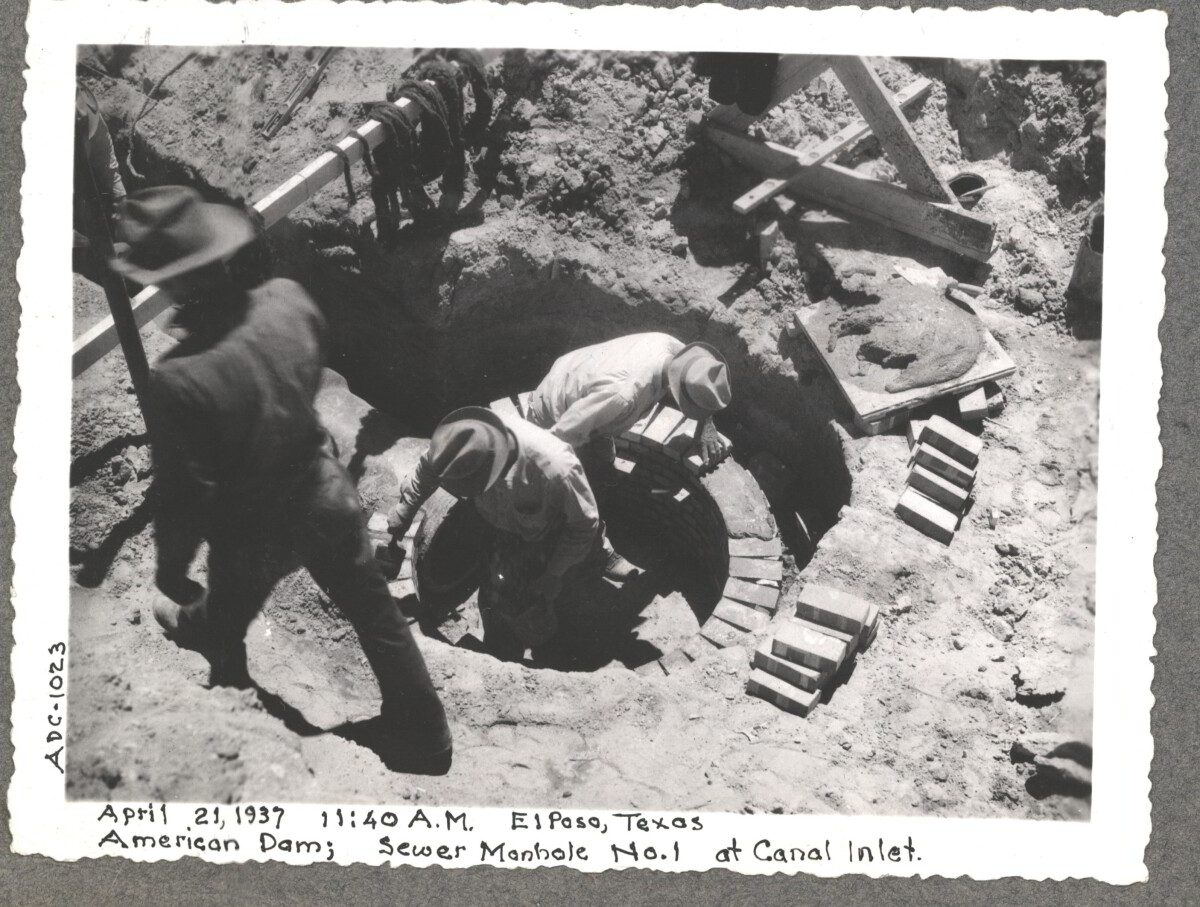
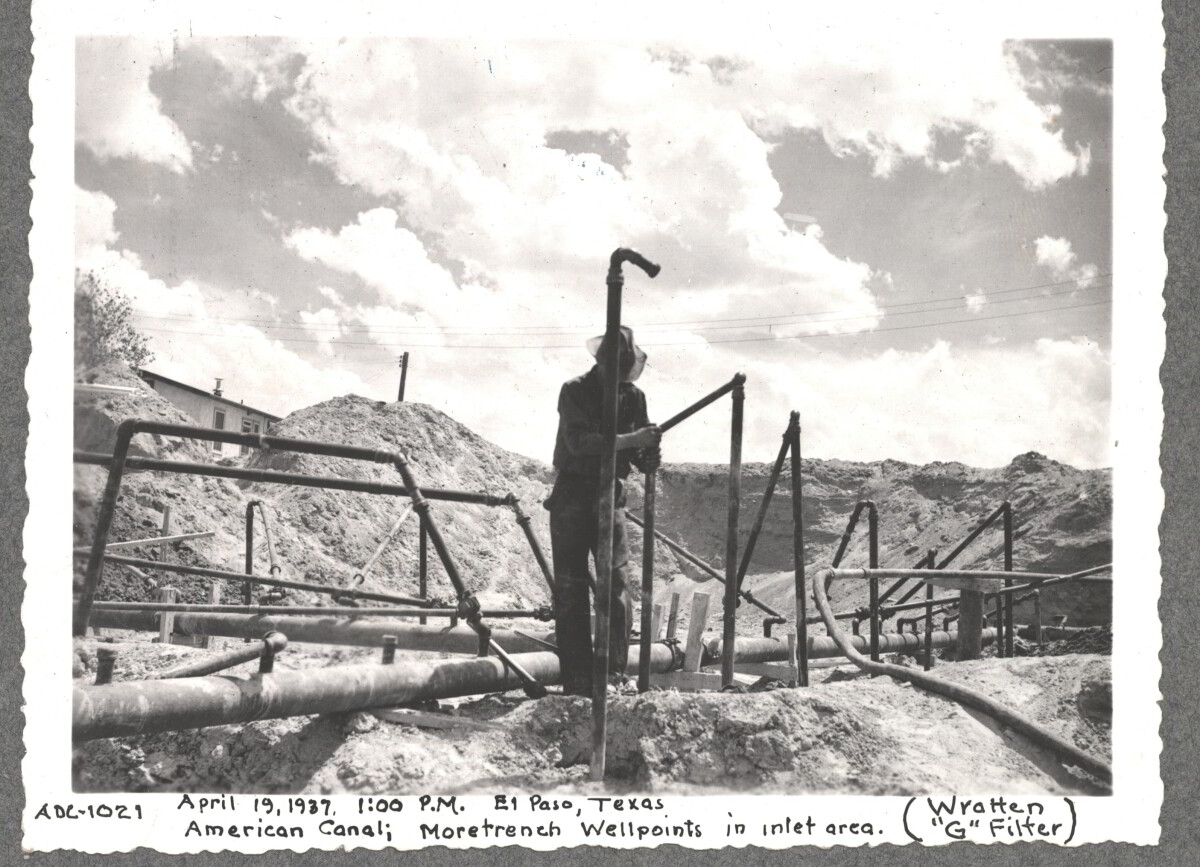
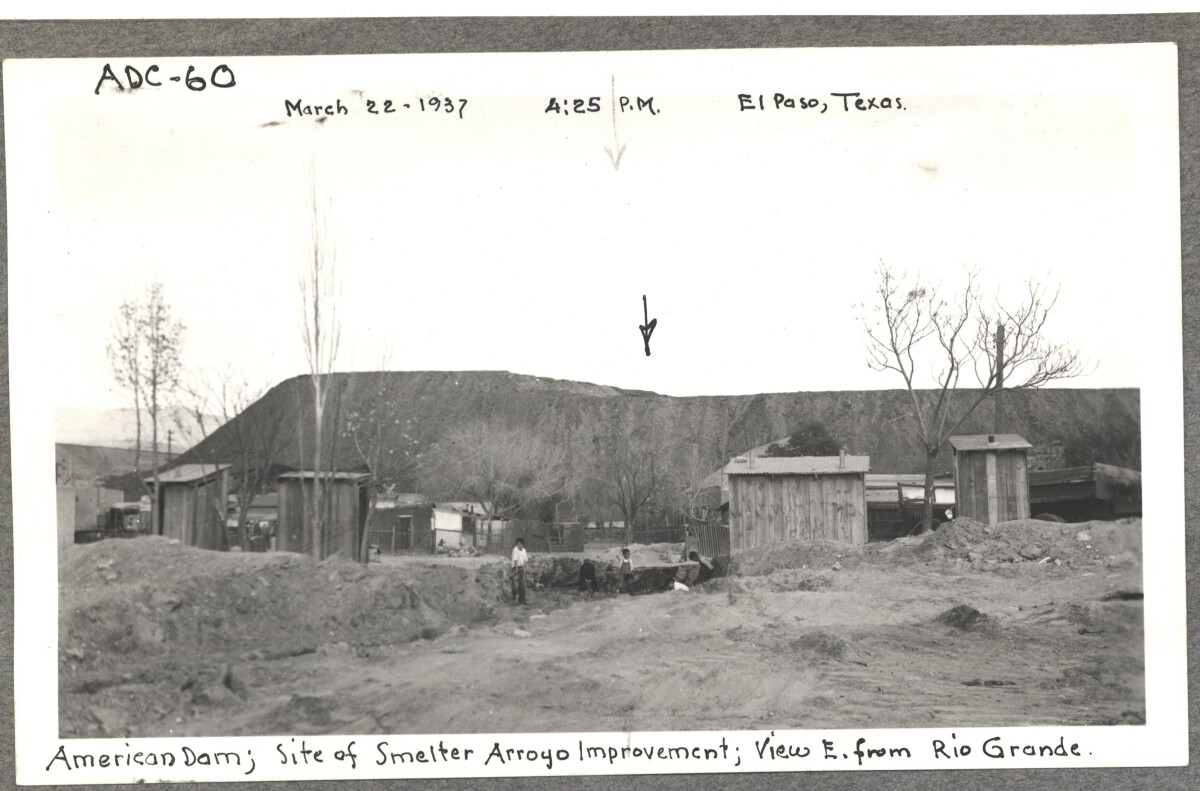
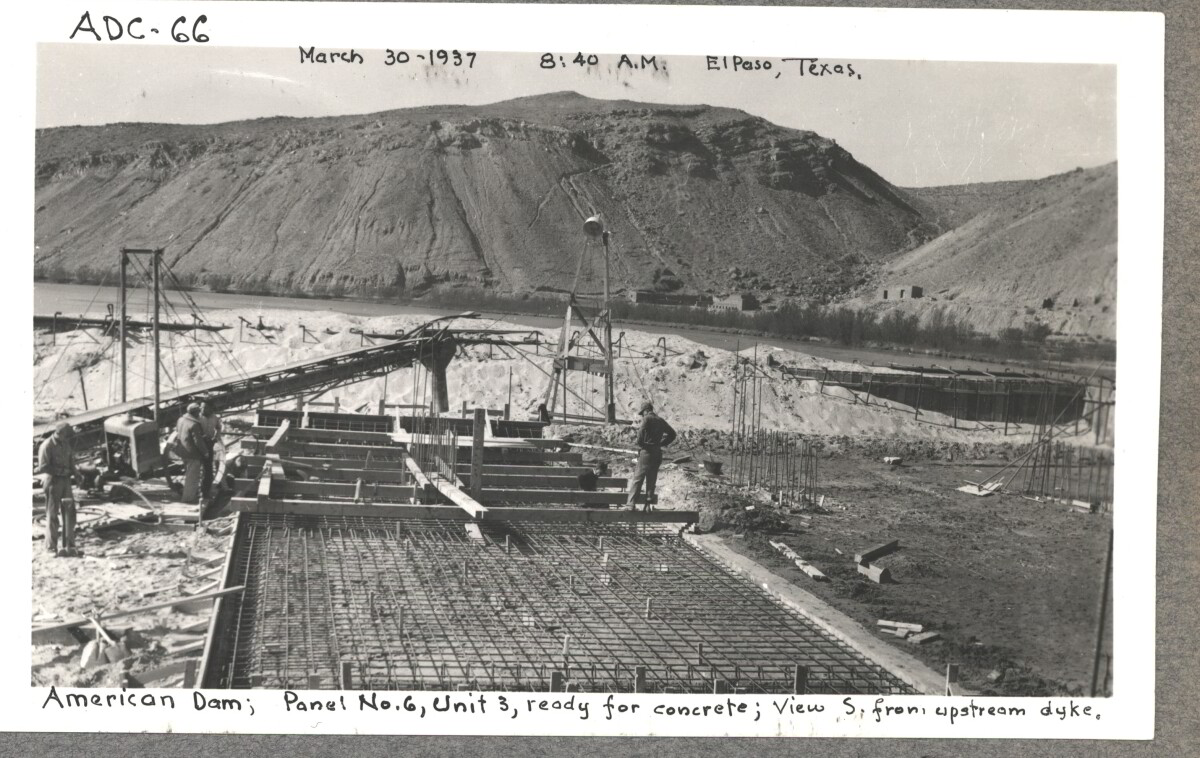
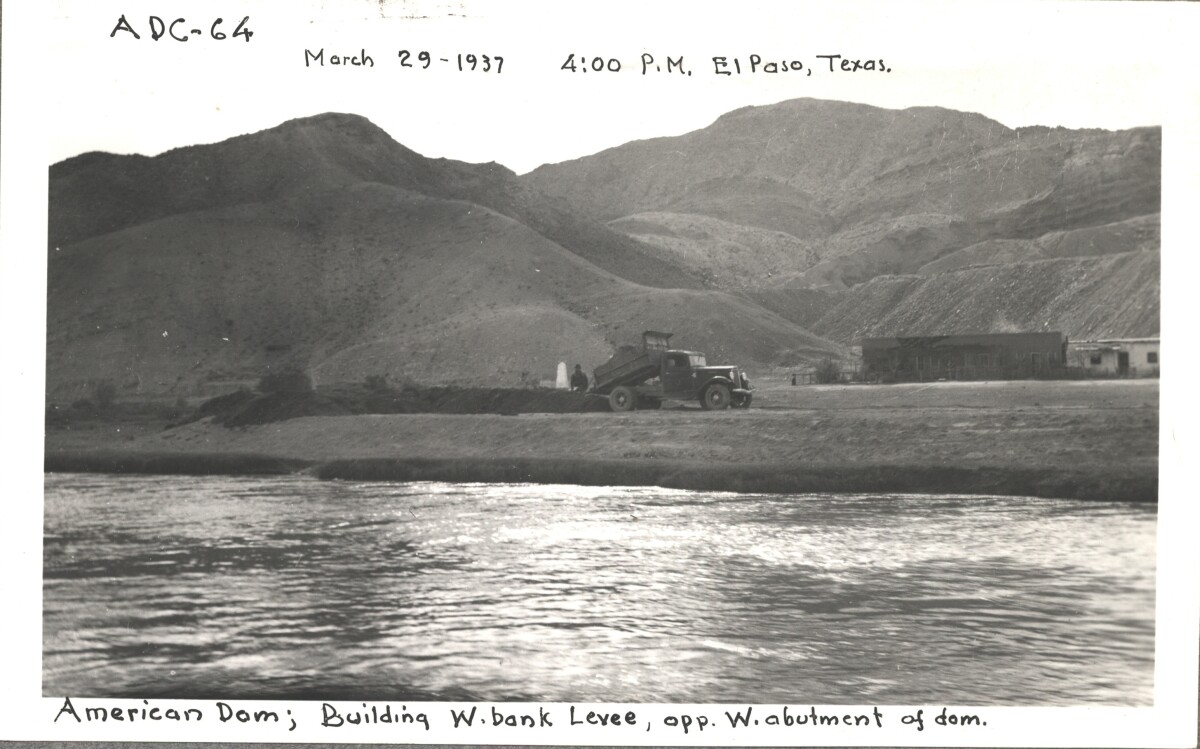
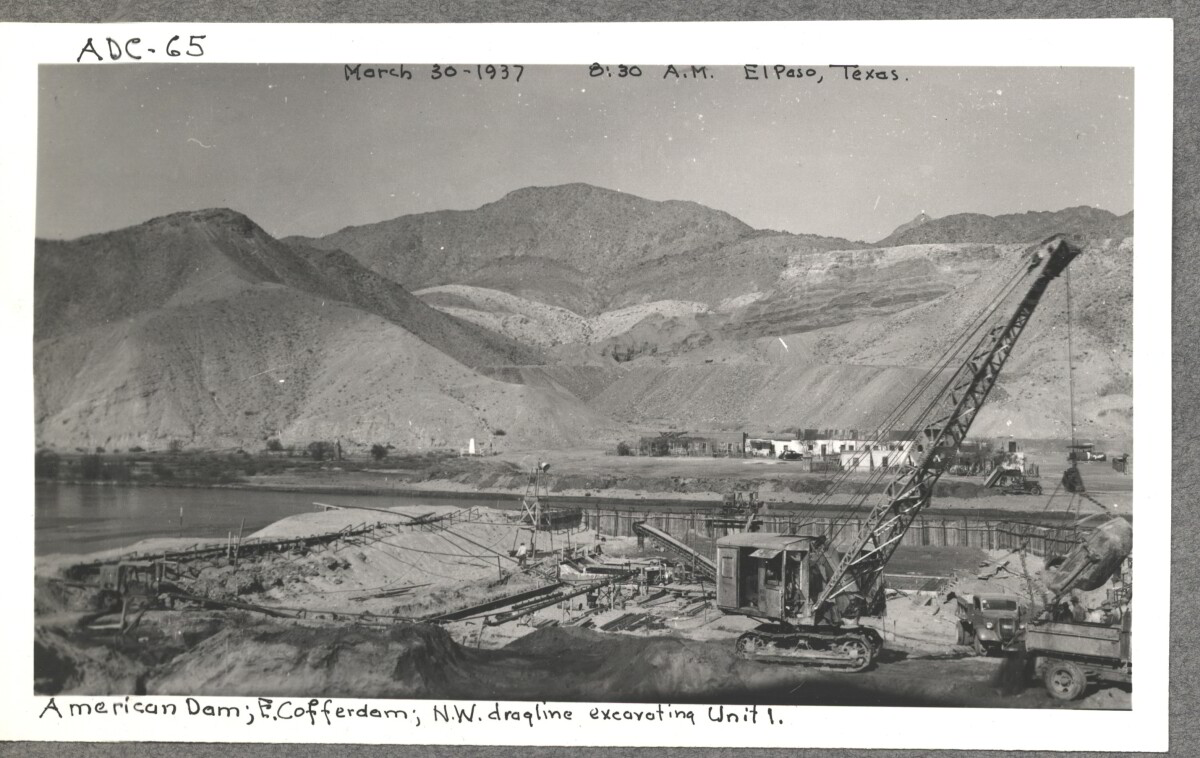
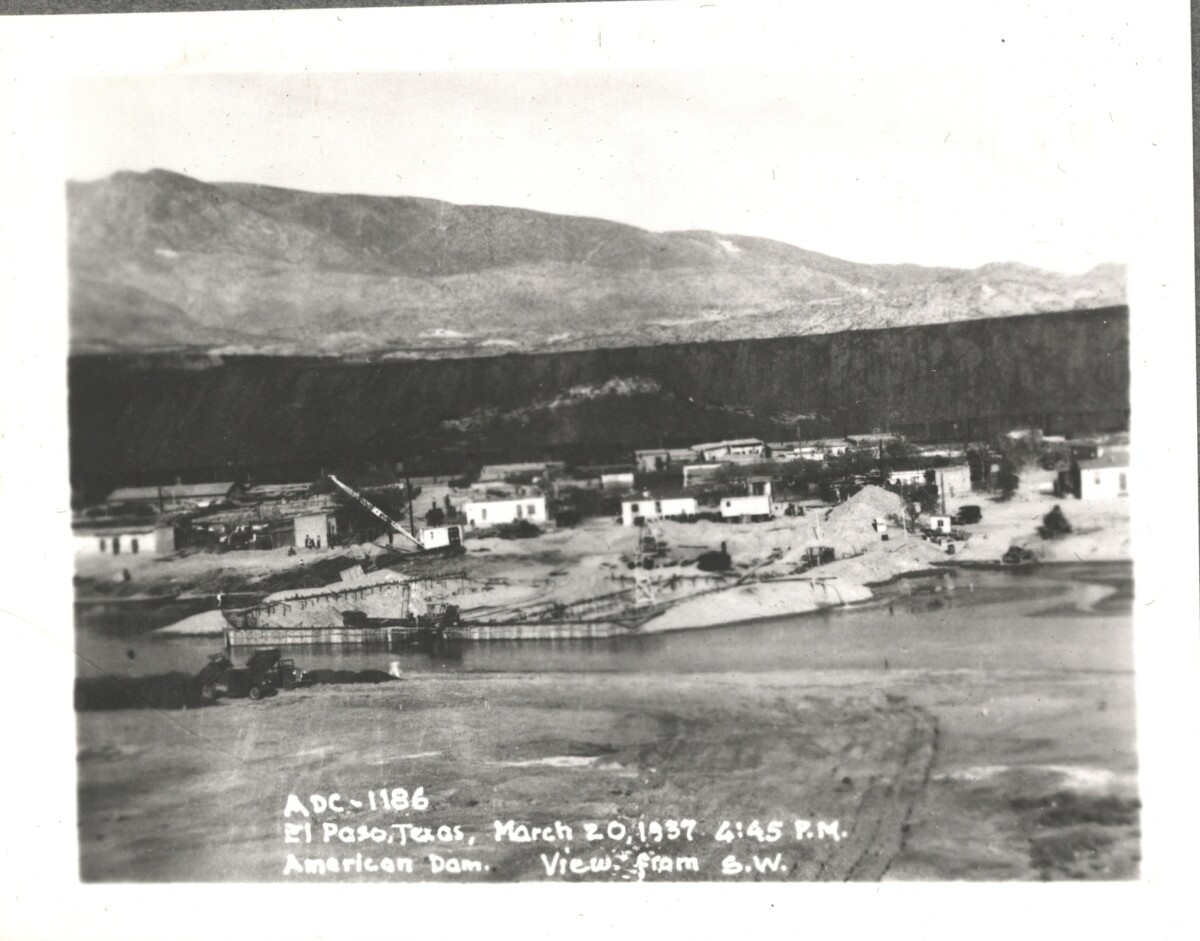
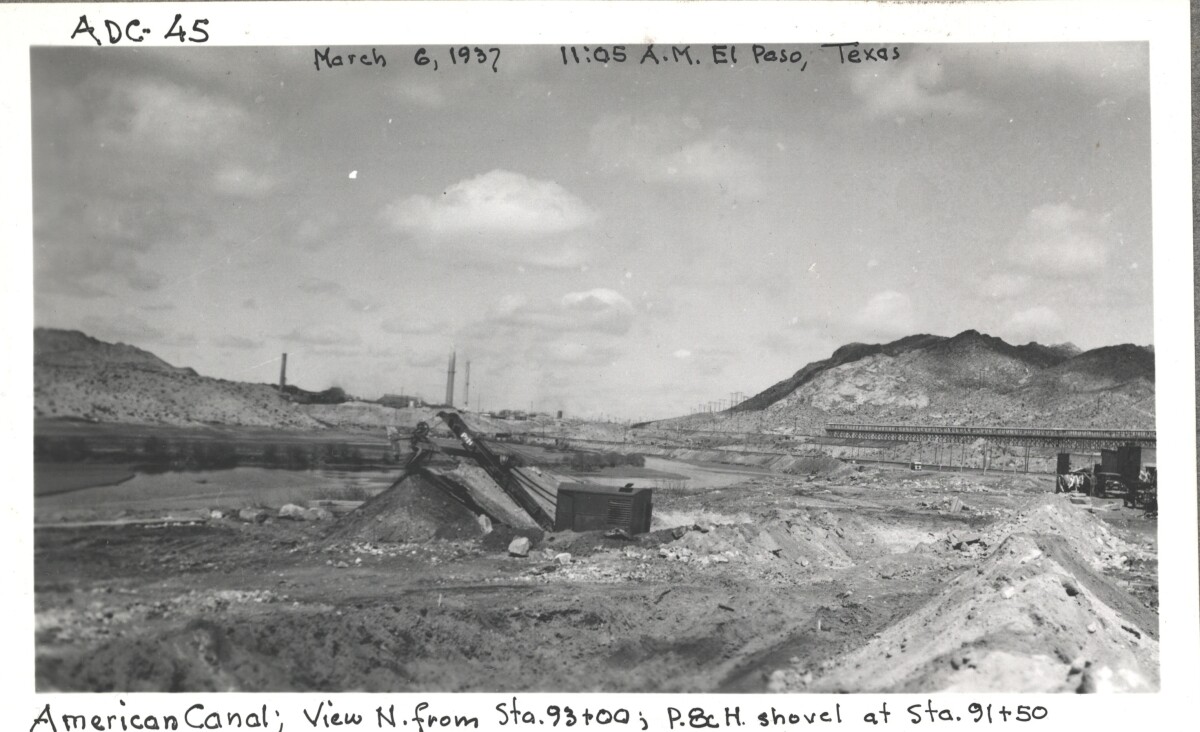
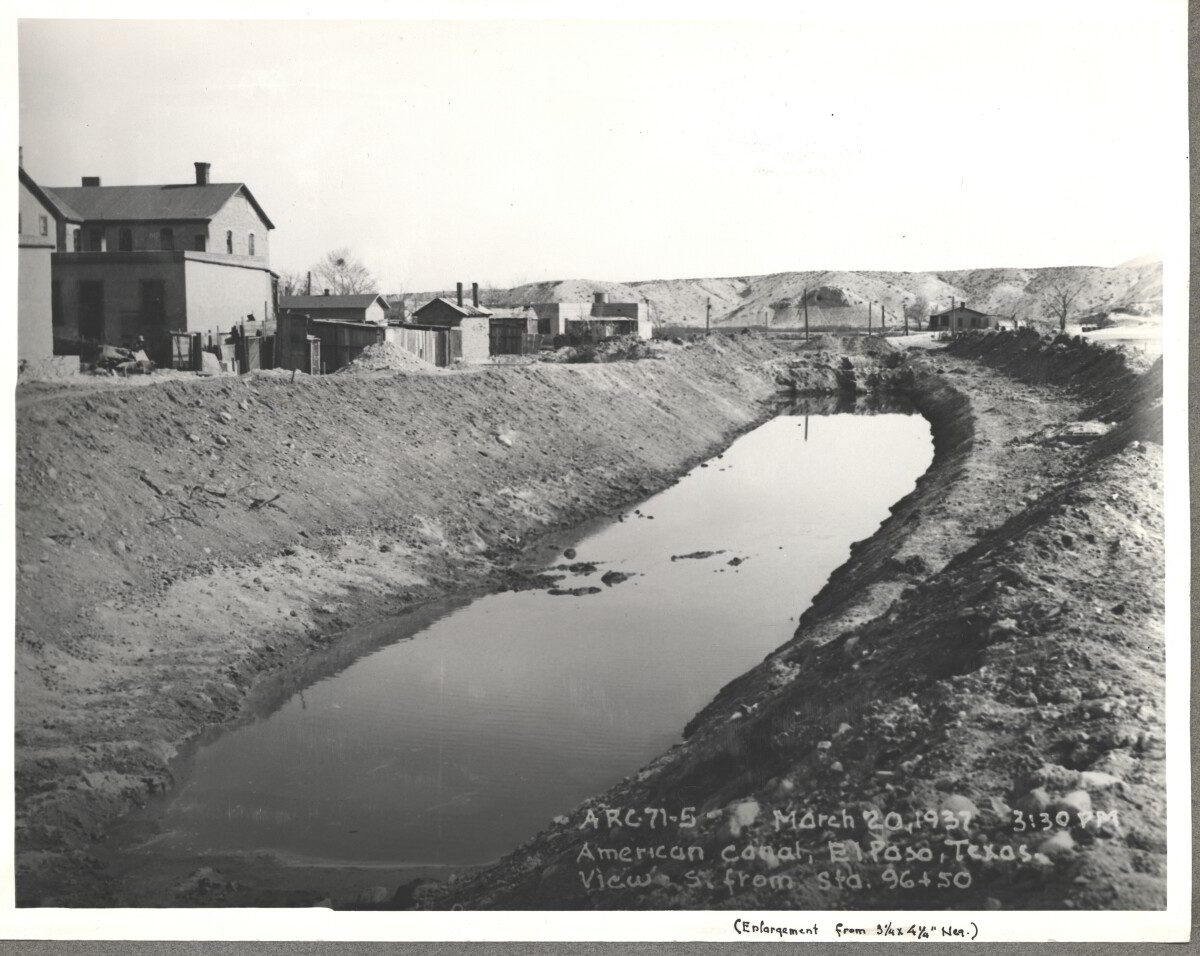
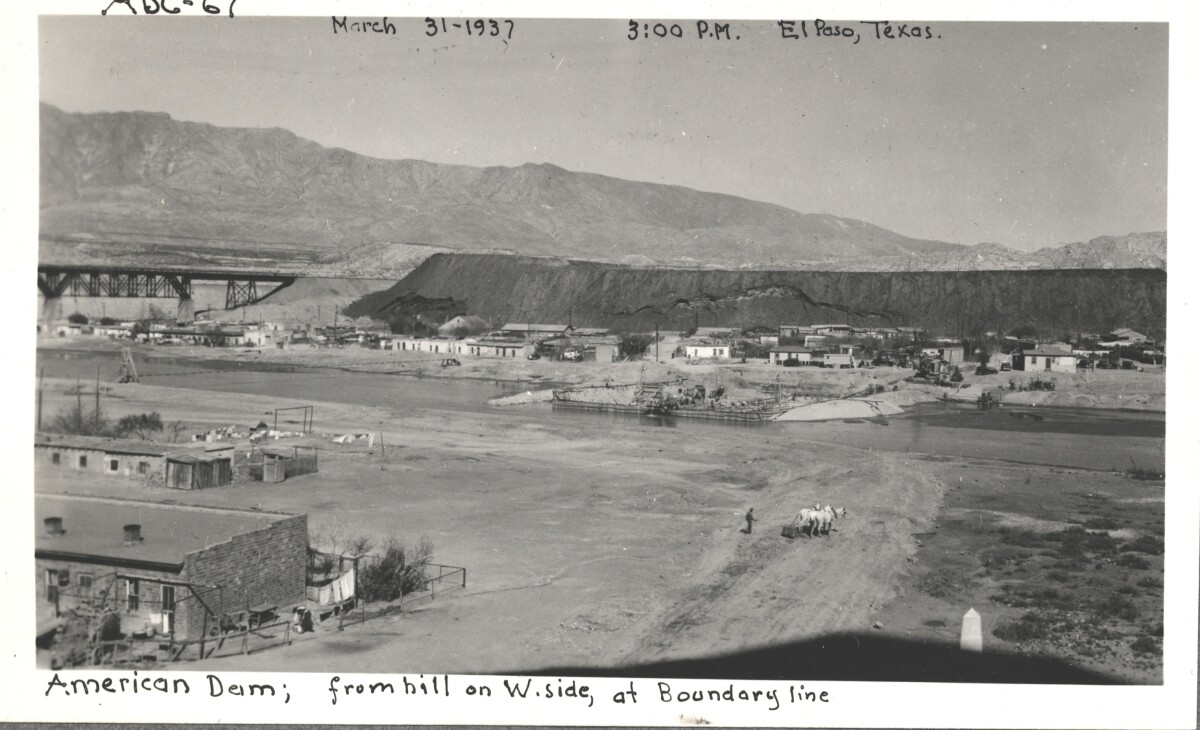
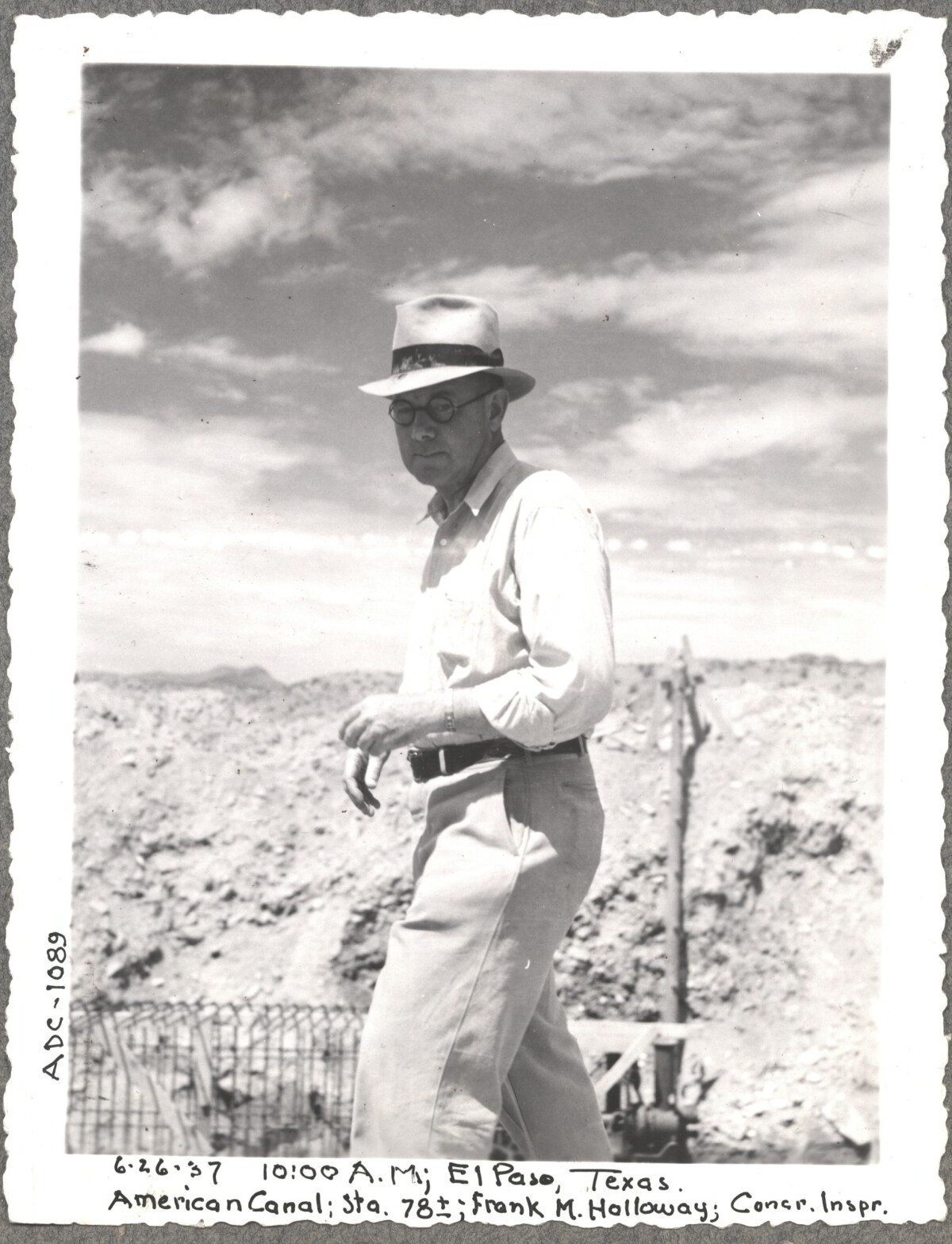
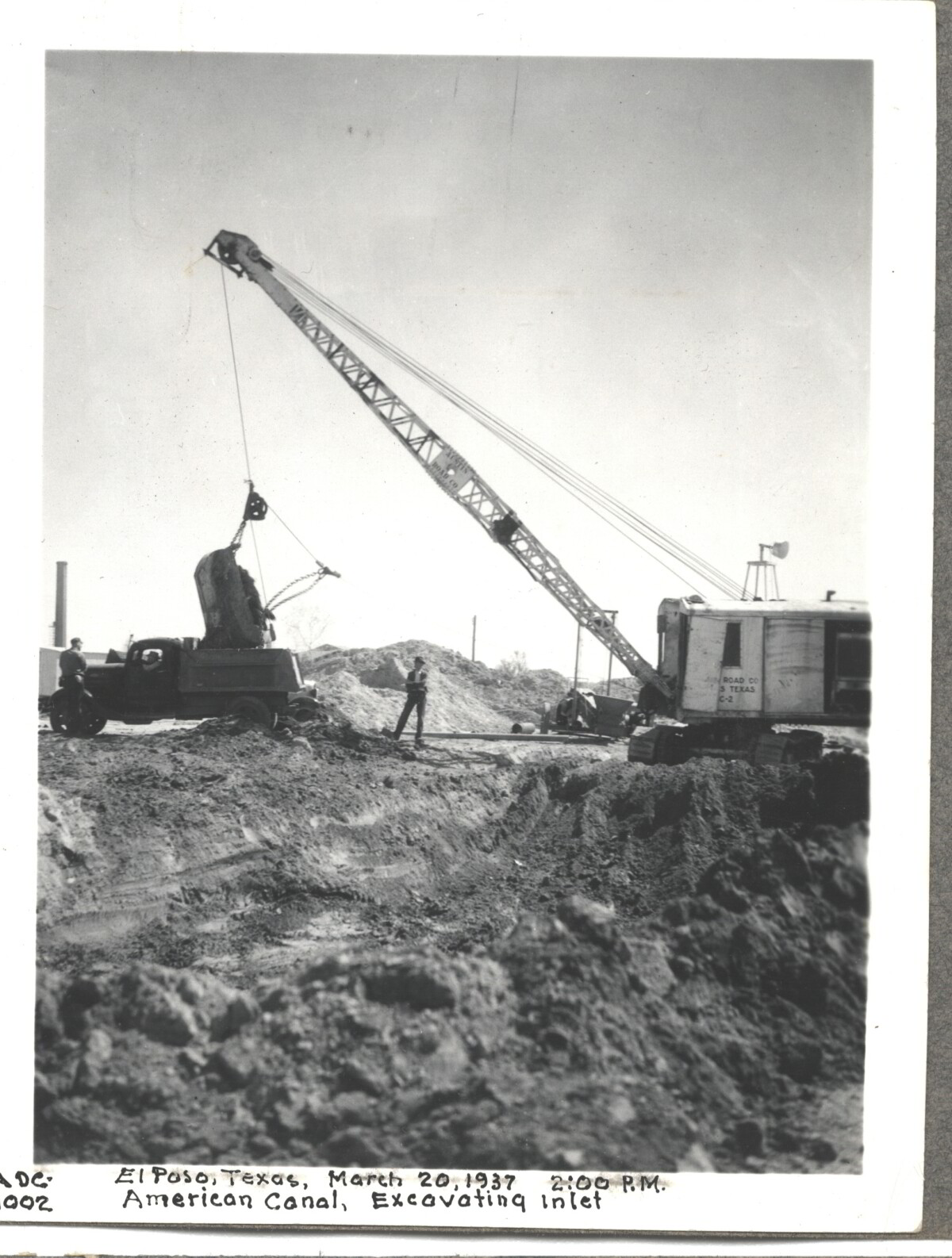
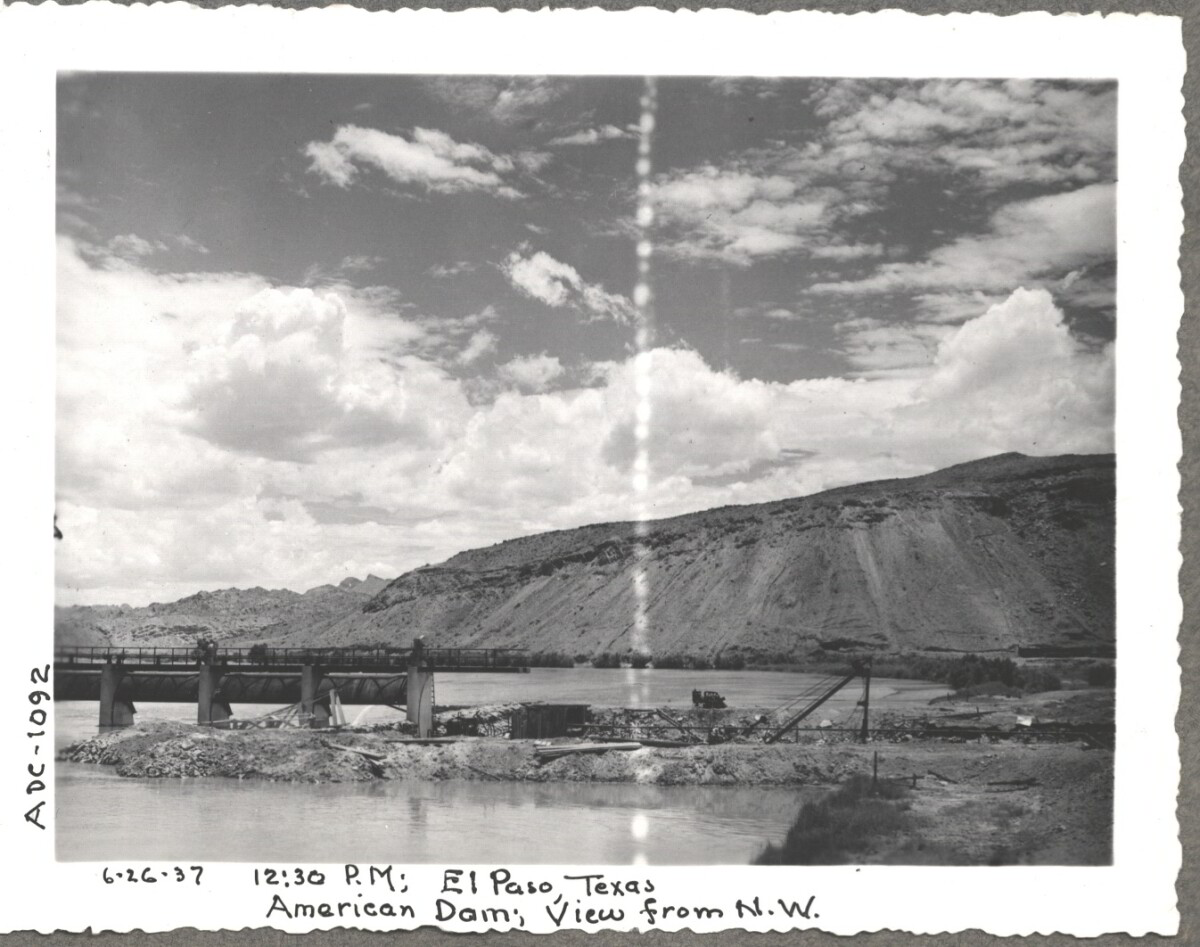
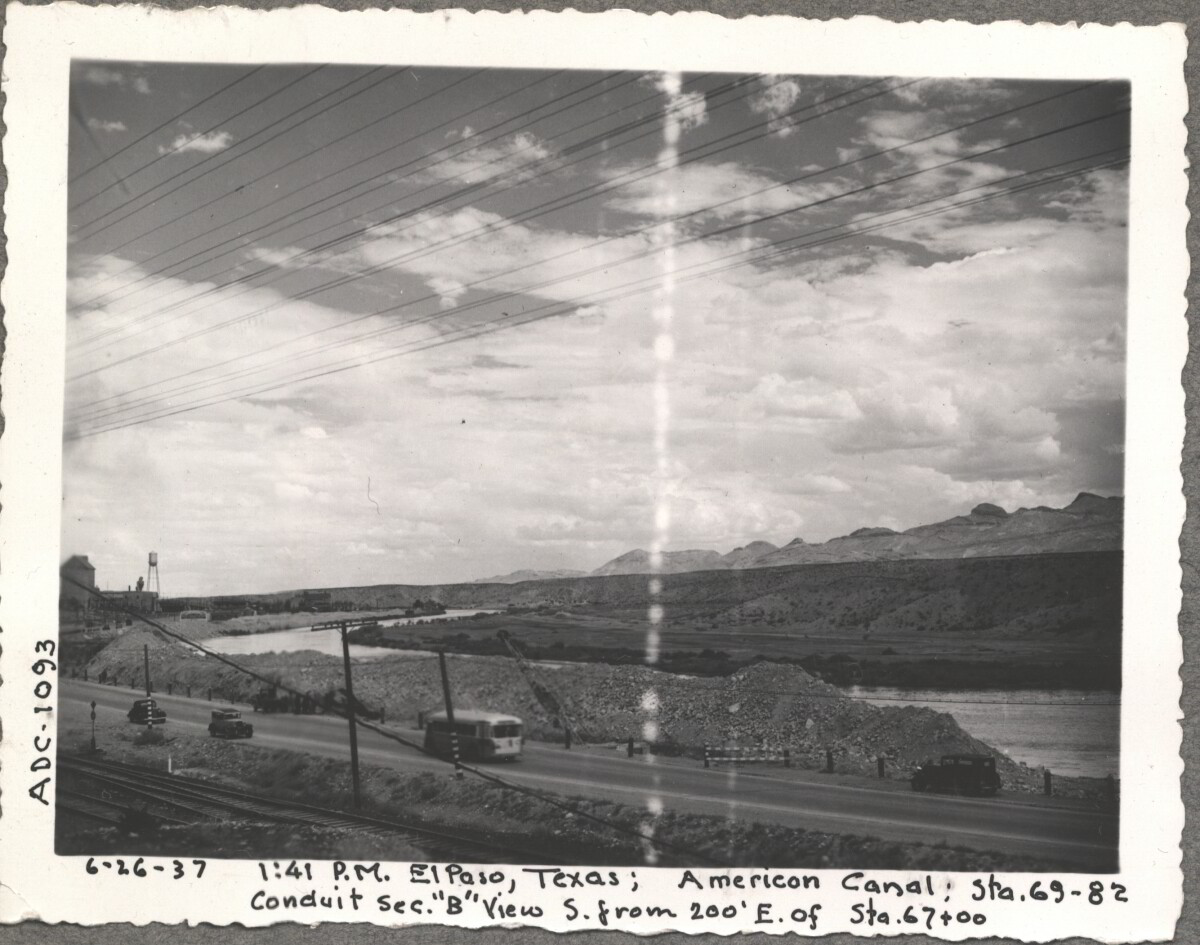
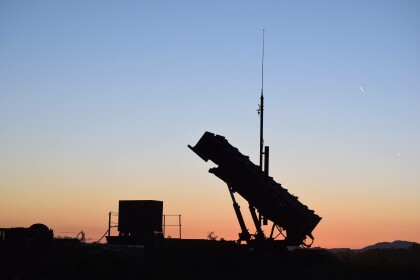

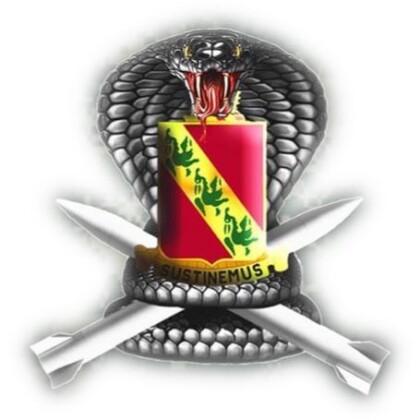


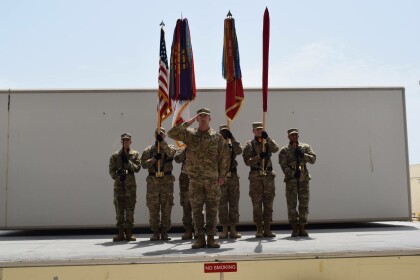
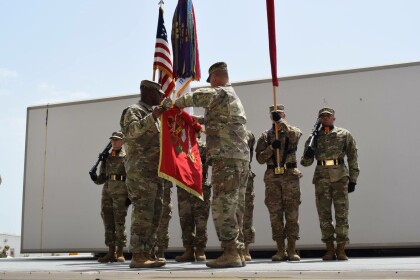

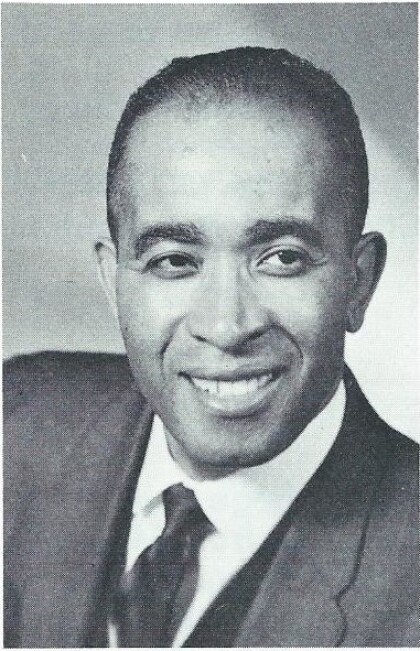
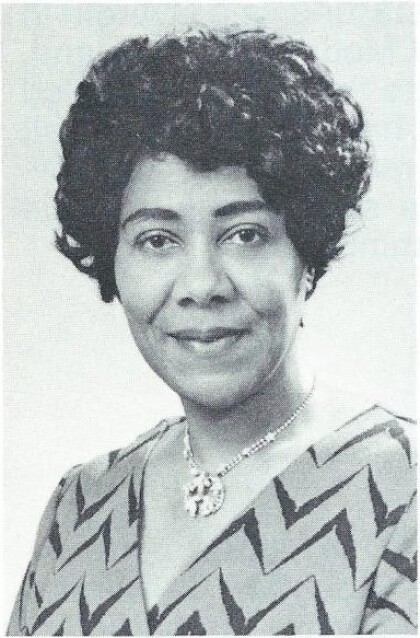
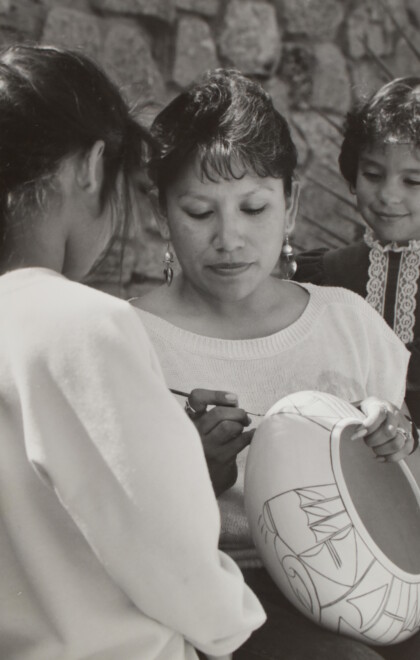
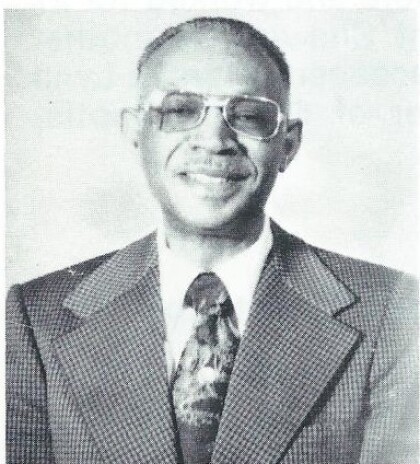


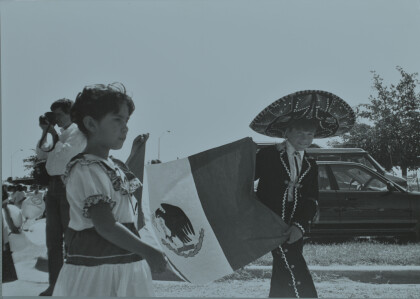
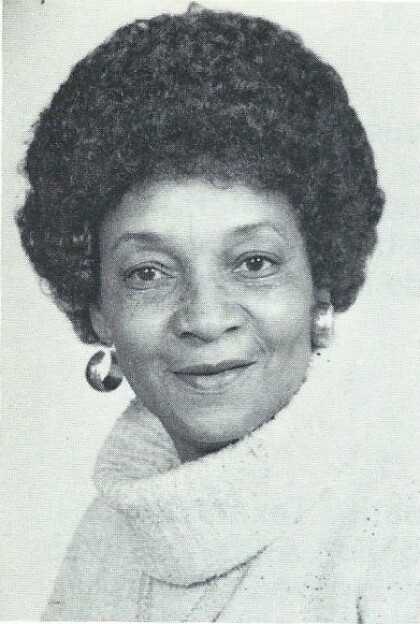
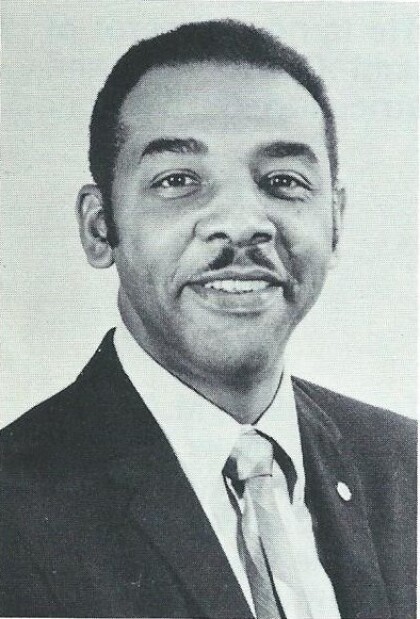
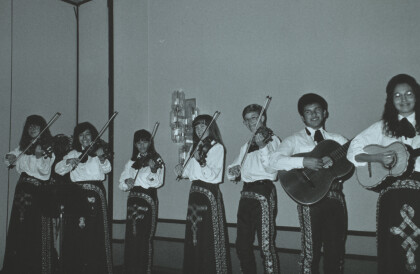

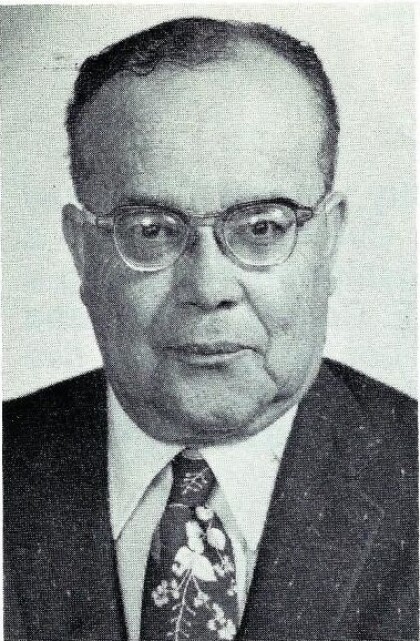
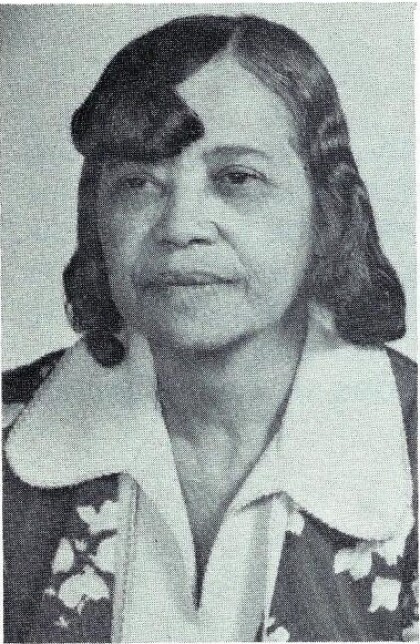
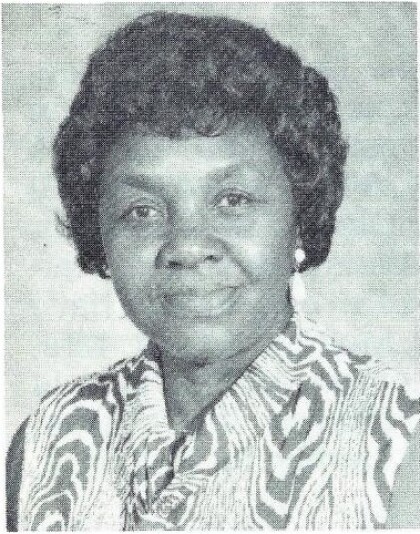
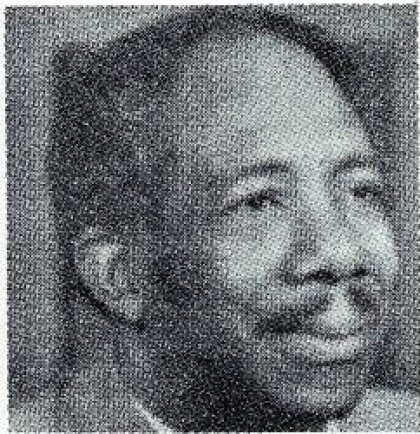
Comments
Add a comment